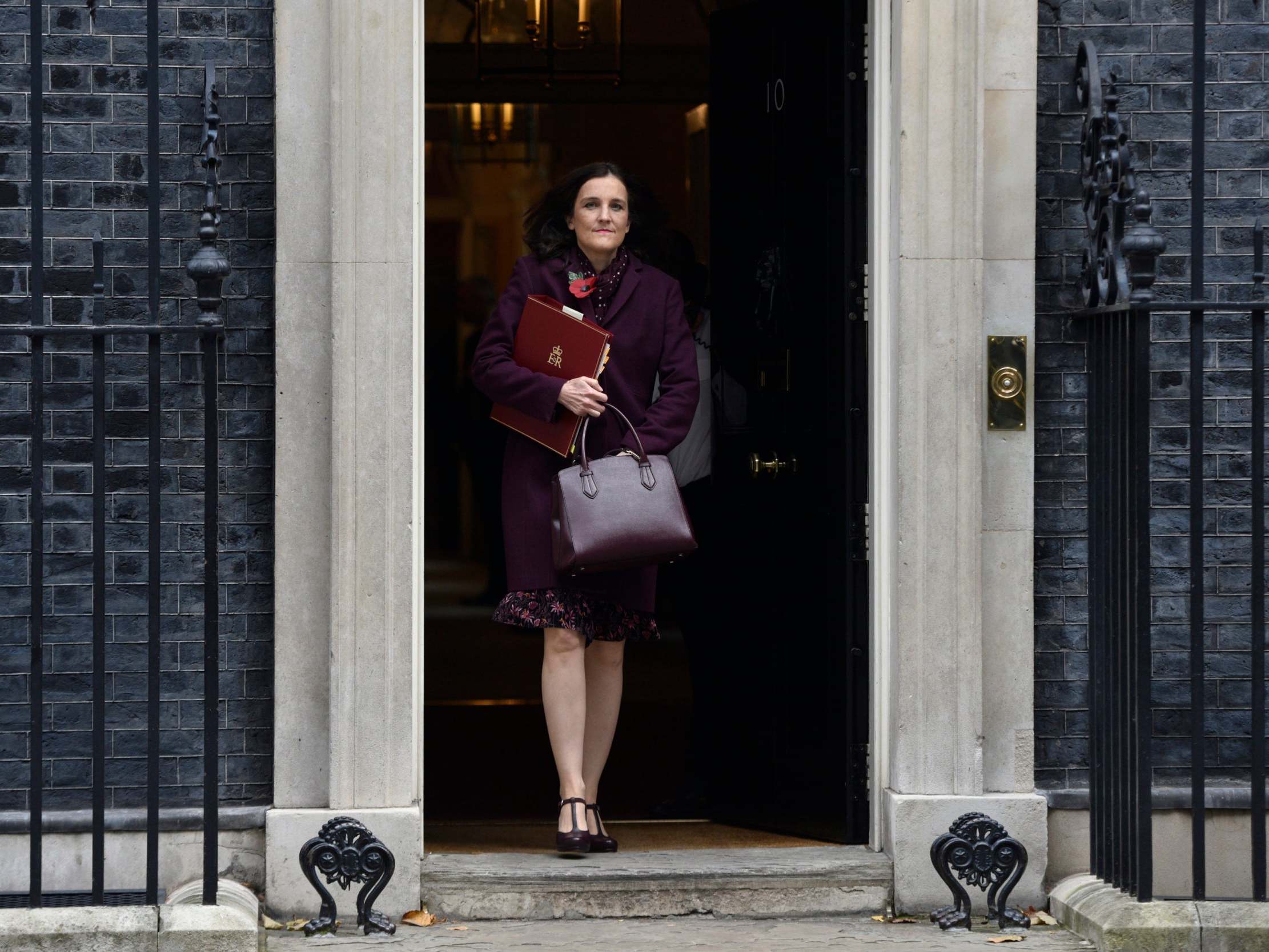The key seats that will decide the general election
Sean O'Grady looks at the constituencies that could make or break the election


With the Remain alliance, the Brexit Party’s decision to stand only in non-Tory seats and any number of knife-edge marginals, there’s plenty of constituencies to look out for as polling day approaches. These are some of the ones to watch – both during the rest of the campaign and on the night.
Chipping Barnet
This is held by Theresa Villiers for the Conservatives, with a majority of 353, or 0.3 per cent, over the challenging Labour Party. This is the seat that will deprive Boris Johnson of his premiership – a Tory loss of four seats that would mean they would be outnumbered by the other Remain parties. In effect, a Labour gain here – making certain heroic assumptions about a uniform swing around the rest of the country – would make Jeremy Corbyn prime minister.
There are 17 Tory seats such as this, with a majority of less than 1,000 over the second-placed contender (usually Labour). A complicating factor is the relatively large Jewish vote in the seat, and how it might react to the antisemitism scandal in the Labour Party. Villiers, though, is also a hardline Leaver in a Remain-leaning seat. In a way, Chipping Barnet is typical in that few of them are truly typical. Others in the very marginal range include Thurrock (traditionally very Leave/Ukip, but with no Brexit Party candidate standing); Richmond Park (where the Lib Dems look home and dry in a Remain alliance); Stirling (where the SNP would be unlucky to miss the target); and Hastings and Rye, where Amber Rudd is stepping down.
Belfast East
Here is the seat that would signal something of a DUP meltdown in the next parliament. Arlene Foster’s party has lost much support, over Brexit and the Johnson deal, and more than Sinn Fein. In this Belfast seat – traditionally unionist, to say the least – the non-DUP parties have mostly stood down, leaving a clear run for the resurgent Alliance party to kick Gavin Robinson out.
In the other Northern Ireland seats the situation is more kaleidoscopic, with swings and cross-currents running across a five-party system. Sinn Fein could win two seats – Belfast North and Londonderry East (albeit needing a big 11 per cent swing there) – but they don’t take up their seats at Westminster anyway, so count as abstentions. The SDLP is in with a chance in Belfast South, and the Ulster Unionist Party in Antrim South. Such small movements could matter a lot in a tight or hung parliament.
Cheltenham
A seat held by the Lib Dems from 1992 to 2015, and the party has high hopes of winning here again. Symbolically, the Remain-leaning seat is the one Jo Swinson would need to be able to say that she has at least maintained the parliamentary representation she managed (via seats won and defections) by the time the Commons was dissolved. In Cheltenham the Greens are standing down to help the Lib Dems.
Swinson hopes for much more, though – regaining Ross, Skye and Lochaber, Charles Kennedy’s old seat, from SNP Westminster leader Ian Blackford would be quite the coup (a 9.7 per cent swing needed).
Isle of Wight
For the Greens, gaining one seat to add to Caroline Lucas in Brighton Pavilion would double their parliamentary representation. The Isle of Green, as it would initially be known, is not as easy nut to crack – a Tory seat with a majority of 25,000, and Labour in second place. A history of Liberal sympathies and the Remain alliance might cause an upset, but the Greens do not yet seem to be capitalising on the climate emergency.
Newcastle-under-Lyme
This is the one Boris Johnson needs to form a majority government – an average Potteries seat, which nowadays means a Leave-inclined electorate tiring of Labour and sympathetic to the Brexit Party. Paul Farrelly, its MP since 2001, is standing down, and Carl Greatbatch is defending a majority of just 30 over the Tories. An outside chance for the Brexit Party, which has shown strength here before but failed to win crucial by-elections in the region. On current trends looks like a Tory gain.
Berwickshire, Roxburgh and Selkirk
This is the hardest seat the SNP need to gain from the Conservatives in order to deliver their ambition to make Scotland a Tory-free zone at Westminster (as it was between 1997 and 2005) – part of the mandate for a second independence referendum.
A chunky 10.6 per cent swing is needed to win it for the nationalists, but post-Brexit the Tories have slumped in support, in contrast to much of England and Wales, and they no longer have the energetic campaigning presence of Ruth Davidson to spur them on. A Scottish wipe-out even as Boris Johnson takes control in Westminster is certainly possible.
Join our commenting forum
Join thought-provoking conversations, follow other Independent readers and see their replies
Comments
Bookmark popover
Removed from bookmarks